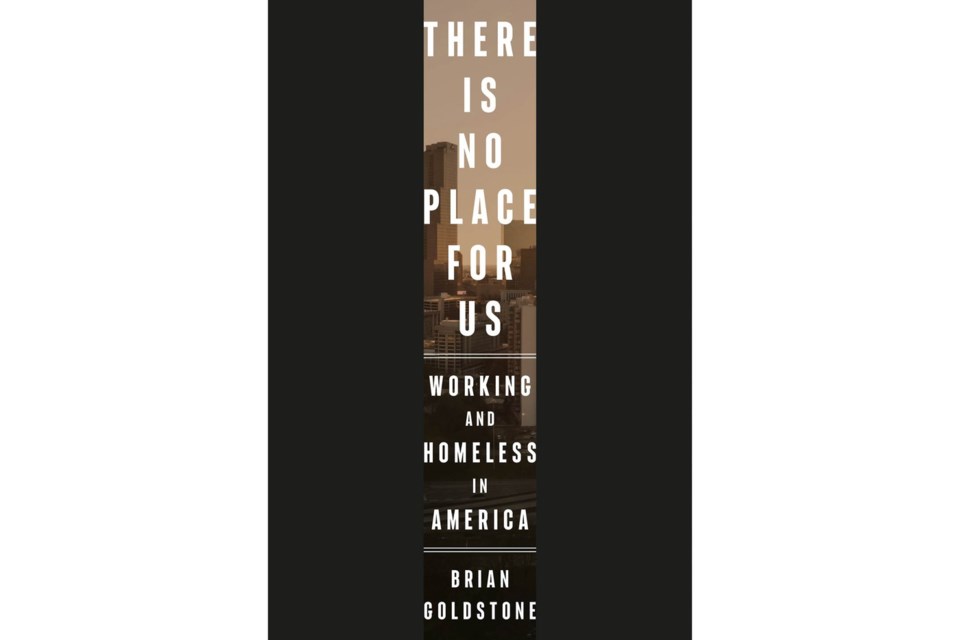The public's perception and debate over is usually fixated on people living on the street, encampments or shelters. That view ignores an even larger segment of the population, often dubbed the “invisible homeless,” people without stable housing who are living with friends or family or other locations such as extended-stay hotels.
That population is the focus of Brian Goldstone's book, “There Is No Place For Us: Working and Homeless in America.” It's a revelatory and gut-wrenching exploration of an often-ignored homeless population that is key to understanding poverty in America.
The book follows the lives of five families in Atlanta, a city where gentrification has pushed rent and housing costs out of reach for many low-income workers.
Goldstone's narrative pulls readers into the daily challenges that the families face daily, from navigating a byzantine process for housing vouchers to enduring laws that offer more protections to landlords than renters.
Its structure and pace keeps readers engaged as it underscores how many working families are teetering on the edge, and the obstacles that are thrown in their path in finding stable housing.
Goldstone also explains how the problem has been exacerbated by a deliberately narrow definition of homelessness that left out the kinds of families he profiles.
“Everyone else was written out of the story,” Goldstone writes in the book's epilogue, which also details potential policy solutions. “There Is No Place For Us” offers a chance to put this population and issue back into the story.
___
AP book reviews:
Andrew Demillo, The Associated Press




